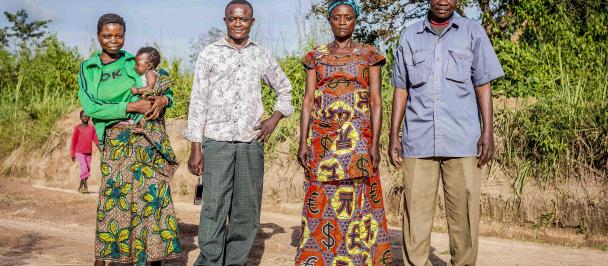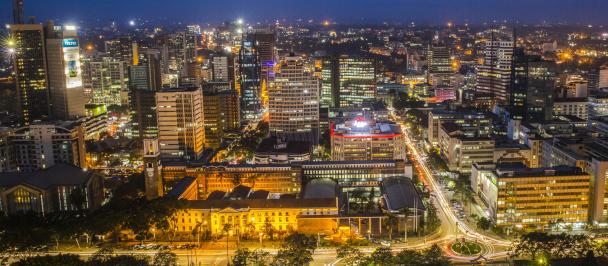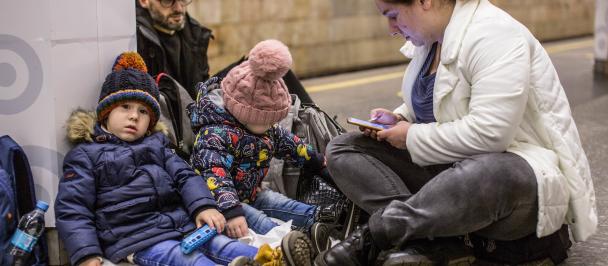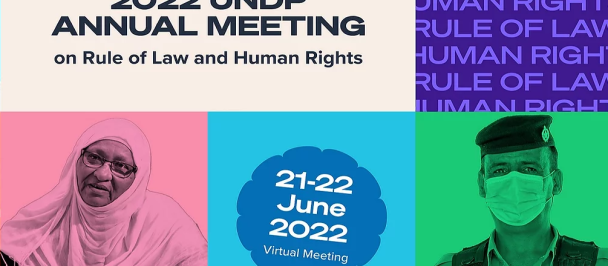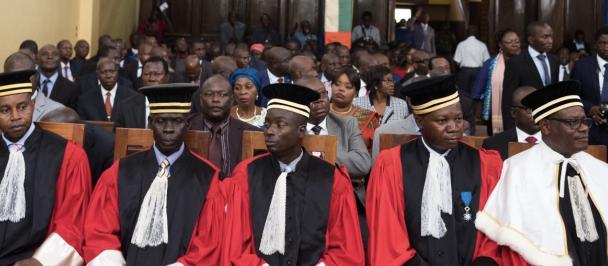Excellencies, Distinguished Delegates,
UN colleagues, friends and partners,
I am honoured to be here today among a broad cross-section of the global conflict prevention and peacebuilding community. I extend my appreciation to Assistant Secretary of State Denise Natali, and USIP President Nancy Lindborg for engaging the UN system and UNDP in multiple US policy discussions on stabilization, fragility, and Preventing Violent Extremism.
Our meeting today comes with a sense of urgency given the global trends. Fragility and violence have become the biggest obstacles to the achievement of the SDGs. From shrinking civic space, to climate insecurity, to more intense and protracted violent conflict, human rights abuses, governance deficits, and unprecedented levels of forced migration and displacement, and acute humanitarian crises…the challenges appear unsurmountable!
But the spirit of partnership and collaboration among this community is what gives us courage and hope to overcome them. And it is in this spirit that I offer the following three messages today:
My first message is that deeper, more inclusive, equitable development is a critical prevention strategy and approach.
What we have learned from recent research and programming efforts, is that we need to address grievances, injustices and inequalities before they lead to alienation and exclusion, before they erupt into discord and violence, and before they push young people to extremism.
Publications such as Journey to Extremism in Africa, Frontlines and Invisible Women, and also the USIP Report on Preventing Violent Extremism in Fragile Settings point to conclusions that resonate with us all.
The UN-World Bank Pathways for Peace report also puts development policies and programs at the core of preventive efforts, supporting the economic, social and political aspirations of young people and women, recognizing that inclusion is key for conflict prevention, and establishing people-centered institutions to overcome structural barriers to equality and address underlying causes of fragility.
In more than 50 countries, our programming in rule of law, human rights, transitional justice/reconciliation, power sharing and inclusion of youth and women addresses these challenges.
What is needed now is to operationalize the learning from this research and programming to ensure that they become integral part of the way we do development work. And we need to invest resources behind the effort.
My second message is about the critical and strong alignment between the Sustainable Development Goals and the Prevention agenda, especially as it relates to supporting responsive and resilient institutions at national and local levels.
According to a recent study by the Overseas Development Institute, only 18% of fragile and conflict-affected states are on track to meet SDG targets related to unmet basic needs. This is especially evident when it comes to SDG implementation at local level.
As a development organization, contributing to prevention and peacebuilding, we seek and support transformative, integrated, and sustainable policy and programming solutions that are localized and embedded in institutions.
That is why approach of SDG16+ - as an enabler for other Goals – is to embed prevention in institutions at different levels through a focus on peace, justice and inclusion. But especially in contexts of fragility and crisis, where national-level openings are few or blocked, working with institutions at the sub-national and local levels delivers rapid peace dividends and can be aggregated to national levels.
In South Sudan, for example, our support to strengthen state revenue administration and oversight capacities for selected states resulted in increased revenue collection and allocation towards improved service delivery. In Honduras we supported local insider mediators to establish dialogue between local indigenous communities and private extractive industries in areas where violent incidents occurred. This forum transformed into an established part of the local governance and grievance-handling mechanism.
We have much room to grow in this area and the needs are pressing with only 11 years to realize the 2030 agenda.
My third message is on partnerships and collaboration
Given the complex of conflict and fragility, no single entity can work alone, no single level of analysis or engagement is sufficient, and no single solution will be effective.
The OECD-DAC recommendation from early this year on the humanitarian-development-peace nexus makes arguments for ‘clear, complementary coordination, programming and financing for HDP actions’ that are risk-informed, gender- and conflict-sensitive. Adequate and predictable support for such efforts offers both urgency in response as well as being cost effective on the long-run than reaction alone.
Our prevention and sustaining peace imperative necessitates that we develop closer partnership and joint initiatives that make our work more effective, efficient and sustainable. For the prevention and sustaining peace agendas particularly, this means closer collaboration between the peace and development pillars on the analysis/assessment side of the spectrum as well as on the programming side.
We work ever more closely with Resident Coordinators, UNCTs and with the Secretariat entities to promote these joint efforts: through the Crisis Risk Dashboards for evidence- and data-based early warning now in 19 countries; with UNDP-DPPA Joint Programme we deploy peace and development advisors to nearly 50 countries; through DPO-UNDP Global Focal Point for Rule of Law to convene the UN system in supporting comprehensive and integrated Rule of Law approaches in fragile settings; through addressing systemic climate risks through the DPPA-UNDP-UNEP Climate Security Mechanism; and through our implementation of almost 46% of all PBF projects with sister agencies on the ground.
Collaboration is at the heart of the Call to Action for prevention.
Our partners want to see us working together, providing integrated prevention solutions with sustainable impacts. UNDP is committed to providing space for this mutual learning, for integrated action to accelerate progress on the SDGs, for measuring impact of our action, and for deepening our own development practice for prevention and peacebuilding.
I look forward to hearing insights from the two panels on strategic prevention and new perspectives on evidence and impact for prevention.
Thank you!

 Locations
Locations
